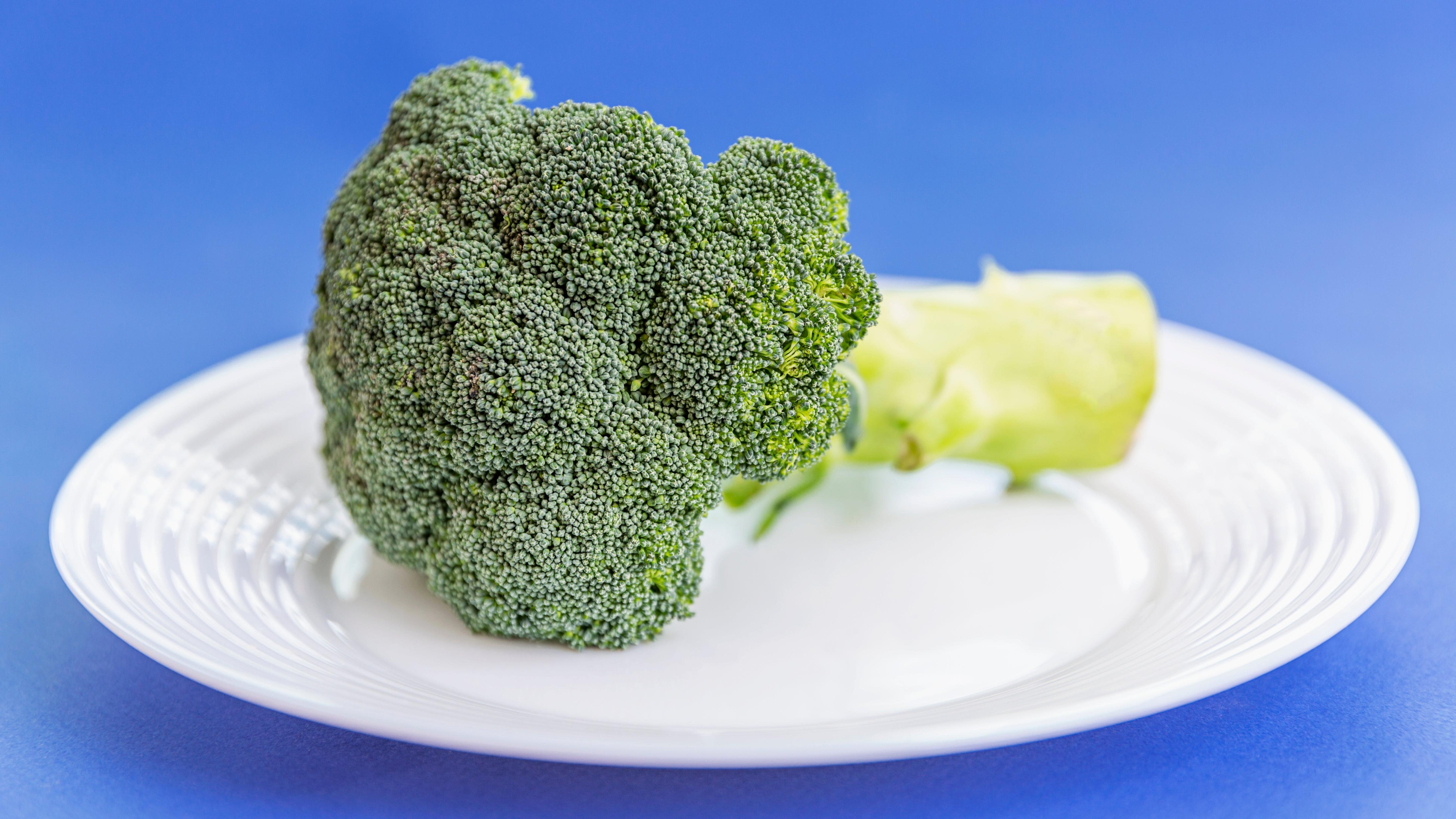How Many Vegetarian Options Are Enough?
Restaurants should cater to non-meat-eaters beyond a few token menu items.
From the ages of 16 to 23 I was a vegetarian. I wish I could say I had some respectable moral reason behind my decision, but I was basically giving into peer pressure—all the cool kids were vegetarian and I wanted to see if I could do it too. It ended up being much easier than I thought when dining at home, and this was even before the advent of multiple, easy-to-find meat alternatives. Dining out, however, was a different story.
"They have plenty of veggie sides" was a common refrain from my friends and family when looking at a restaurant menu. While others were able to enjoy fully realized dishes I was pushed to the margins to cobble together menu items like side salads, mashed potatoes, and mozzarella sticks and pretend like that was a satisfactory dining experience. "Oooo, they have a vegetarian option!" would sometimes be exclaimed at the sight of a single black bean burger on the menu that would surely crumble the second I bit into it.
I ended up ending my vegetarianism because I was offered the chance of a lifetime: the opportunity to dine at Grant Achatz's Next in 2014. The theme was steakhouse, and I was not about to miss out on food from one of the best chefs in the world because of my damned vegetarianism and the restaurant's unwillingness to serve anything but meat. While that might have been a special case, it's still worth repeating: all restaurants need sufficient vegetarian and vegan options.
Why restaurants need vegetarian and vegan options
The restaurant industry has come a long way since 2014, and at least in major cities, restaurants specializing in vegetarian and vegan menus have become increasingly common. That's partially because demand is so high: from 2014 to 2017 the amount of people who identify as vegan rose 600%, according to Touch Bistro. Simply put, when restaurants don't provide attractive plant-based options, they're losing out on money.
And just because someone does eat meat doesn't mean they always eat meat. Increasing concern about the environmental impacts of the meat industry, health-related issues, and a desire to mix things up are inspiring more and more flexitarians whose self-imposed dietary restrictions ebb and flow. Instead of considering meat-free dishes as alternatives for a specific culinary group, consider instead that you're adding creative dishes to the menu for all diners to enjoy (and pay for). This mindset might inspire chefs to do more than toss together a few veggies and call it an entree. If fast food joints whose entire identity is based around meat can do it, so can you.
One of the hardest things about going out to eat in larger groups (or, heck, let's be real, any party of three or more) is finding a restaurant that accommodates everyone's tastes. If a restaurant's vegan and vegetarian options are an afterthought, that restaurant can say goodbye to those nice big bookings where everyone is encouraging each other to split appetizers and stay for just one more drink, adding more and more to the final bill.
How to do a vegetarian and vegan menu right
Yes, Buffalo cauliflower and mushroom cap sandwiches have their merits, and if you really put your heart and soul into those recipes, by all means, leave them on the menu. But these innovations from the year 2007 should not be the star vegetarian and vegan offerings of your restaurant. As a rule, restaurants should aim to include at least three very different meat-free options; this will make any herbivores of the group feel seen.
And not every dish needs to be created as a 1:1 replacement for some other meaty item. There's nothing wrong with highlighting a really good carrot for being a really good carrot, or for putting time into creating a scrumptious vegan dessert. Just make sure the servings and accompanying ingredients are hearty enough to stand on their own. Non-meat-eaters like feeling full, too.
Vegetarians and vegans often get a bad rap for being unpleasant, but if they're ever less than thrilled about a restaurant, maybe they just feel left out of the menu. With just a few plant-focused tweaks, we can change the entire culture surrounding meat-free eaters.
